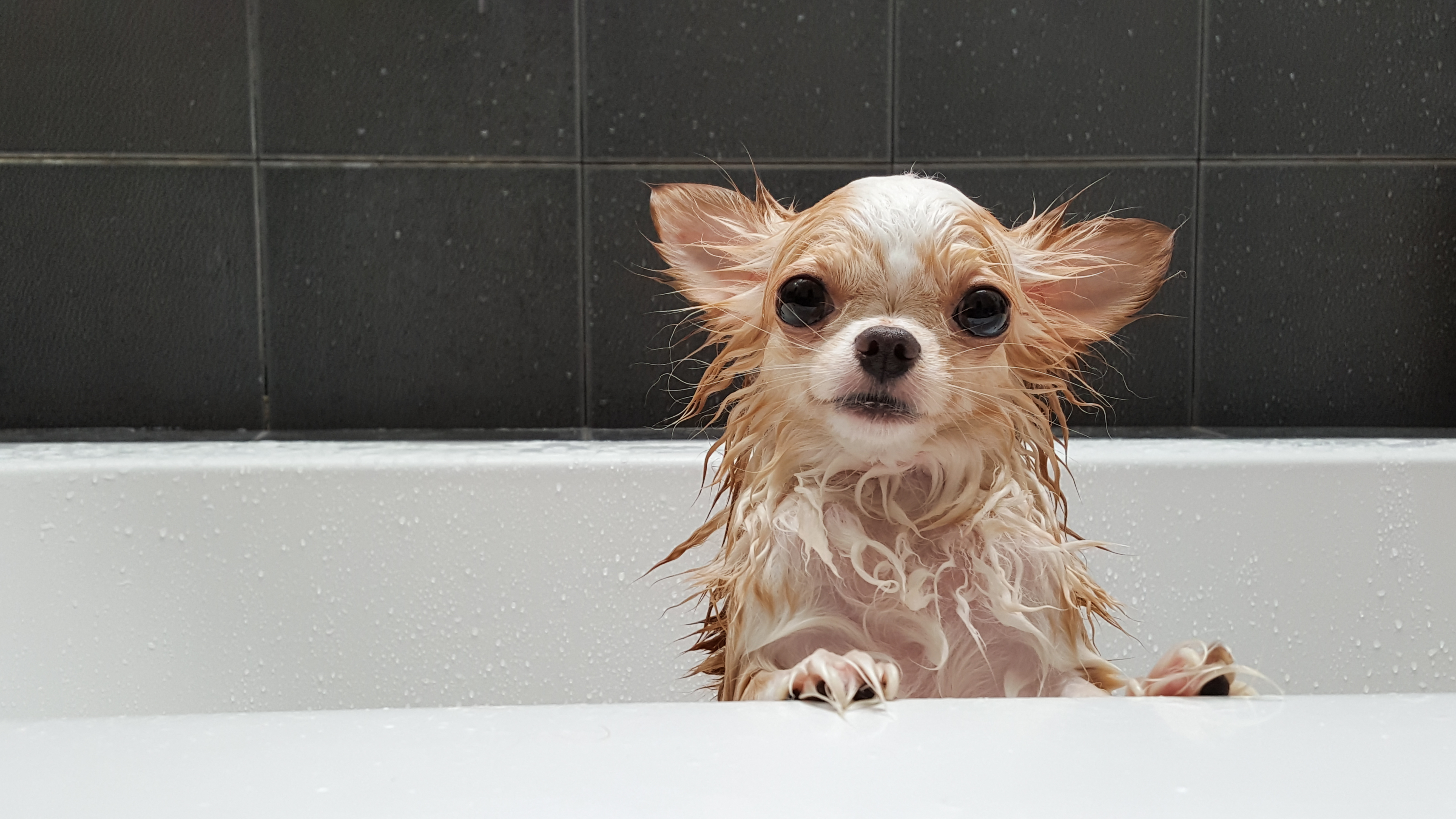Beyond pet food

Opportunities arise
Just when the pet market appears to be saturated, or even declining slightly in countries such as the U.S., a new opportunity has arisen for the pet industry. The astounding rise in popularity of animals as pets around the world in NIC’s (Newly Industrialised Countries) such as China is encouraging massive industry growth. In 2016, 12% of the Chinese population is a cat owner, with 25% owning dogs. Furthermore, the mega-cities of Shanghai and Beijing are the ones accounting for the majority of that ownership. 23% of residents of Shanghai owns dogs; 11% owns cats. In Beijing, 25% are the dog owners, with a smaller but still significant 8% having pet cats.
Putting this into a world perspective, 29.9% of the total global population owns dogs, and 21.8% owns cats. China is thus fast approaching these ownership rates – a co…
Did you think it would be this easy? Nope! Just register. It’s free! Lorem ipsum dolor sit amet, consectetur adipiscing elit. Ut cursus turpis vel cursus ullamcorper. Sed ante mi, finibus eget porttitor a, tincidunt ac dolor. Vivamus ornare semper lorem, consequat commodo lectus elementum vitae. Cras id mattis urna. Donec rutrum dignissim lacinia. Duis ultricies sapien at ipsum tincidunt.
Sed in iaculis elit, sit amet convallis felis. Pellentesque non justo lectus. Donec sollicitudin lorem in sapien euismod varius at vitae mi. Maecenas ut elit ac risus consectetur vulputate. Praesent vel orci ante. Curabitur egestas dapibus nisi ac laoreet. Nullam a lacinia libero, non fringilla nisl.
You’re out of free articles,
register for unlimited access
